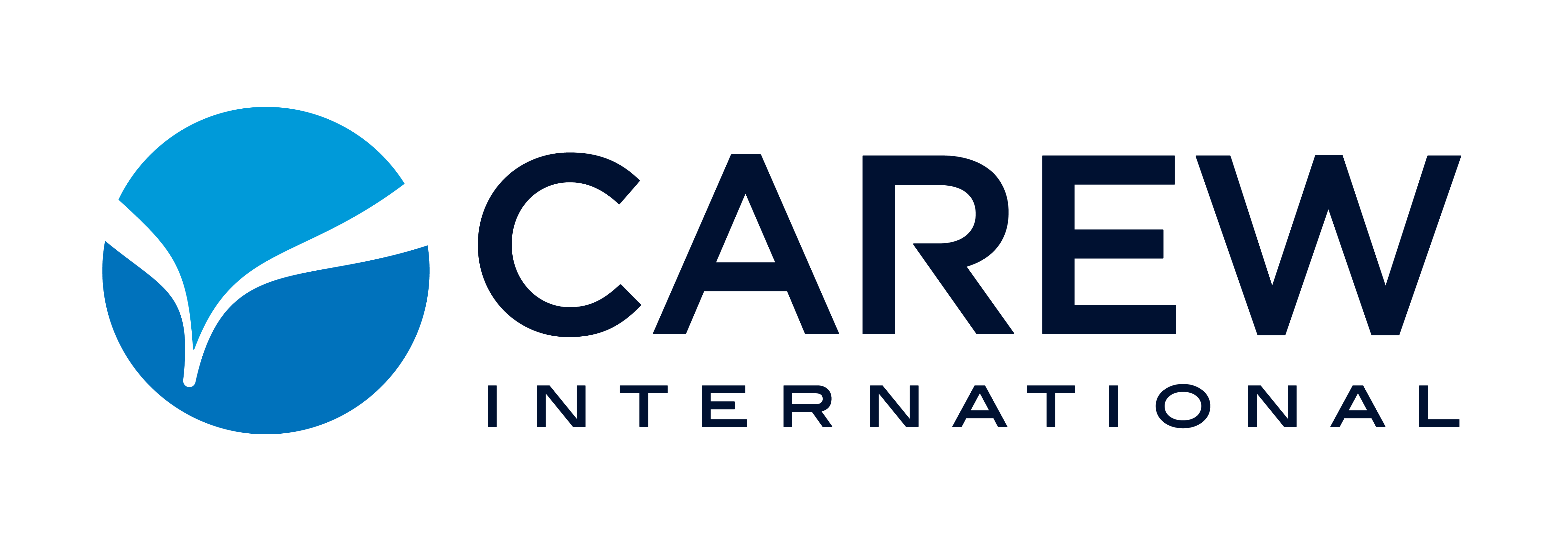Virtually every industry has experienced massive shifts in best practices, customer behaviors, operational processes and much more throughout the past several years. Advanced technology, a changing of the guard in the workforce and the spread of globalization to new sectors have all impacted corporate strategies in one way or another, while organizations need to ensure that they are focusing on leadership development to maintain continuity.
With a younger and more diverse staff, businesses will often struggle to sustain corporate cultures that are relevant to both the existing brand and the modern marketplace. However, the adequate preparation of strong leaders in managerial and supervisory positions will generally alleviate some of the stress and hardship associated with these challenges.
Early development considerations
Many studies released in the past few years have indicated that companies which deliver leadership development programs to managers before they step into their new positions will have the most success over time. Additionally, long-term frameworks must be in place to ensure that performances in this area of operations continue to improve.
Occupational Health and Safety Online recently suggested several questions organizations should ask when planning a leadership development program. For one, the source stated that decision-makers should first ask themselves and other employees to describe the perfect leader, then take information collected from the surveys to incorporate customized lessons.
According to the news provider, companies also need to know which ways each leadership development program will align with corporate values, and how the investments will help achieve long-term objectives. This information can, and often will, change over time, and as such needs to be regularly reviewed and updated to remain relevant amid shifting corporate conditions.
Finally, the source added that executives should also research the types of tools, techniques and technologies that could be used to supplement leadership development programs. Swiftly integrating the most preferred options can further strengthen the effectiveness of these investments.
Long-term needs
Once a leadership development program has been created, tested and approved, the long-term management of these efforts will be critical. Many organizations will experience serious changes in client preferences, managerial needs and operational processes over the course of several years, and as such evaluation and adjustment are important to performance improvements over time.
Leaders will often experience the fewest challenges when they develop and integrate measurement practices and solutions to regularly and accurately evaluate training successes and failures.





